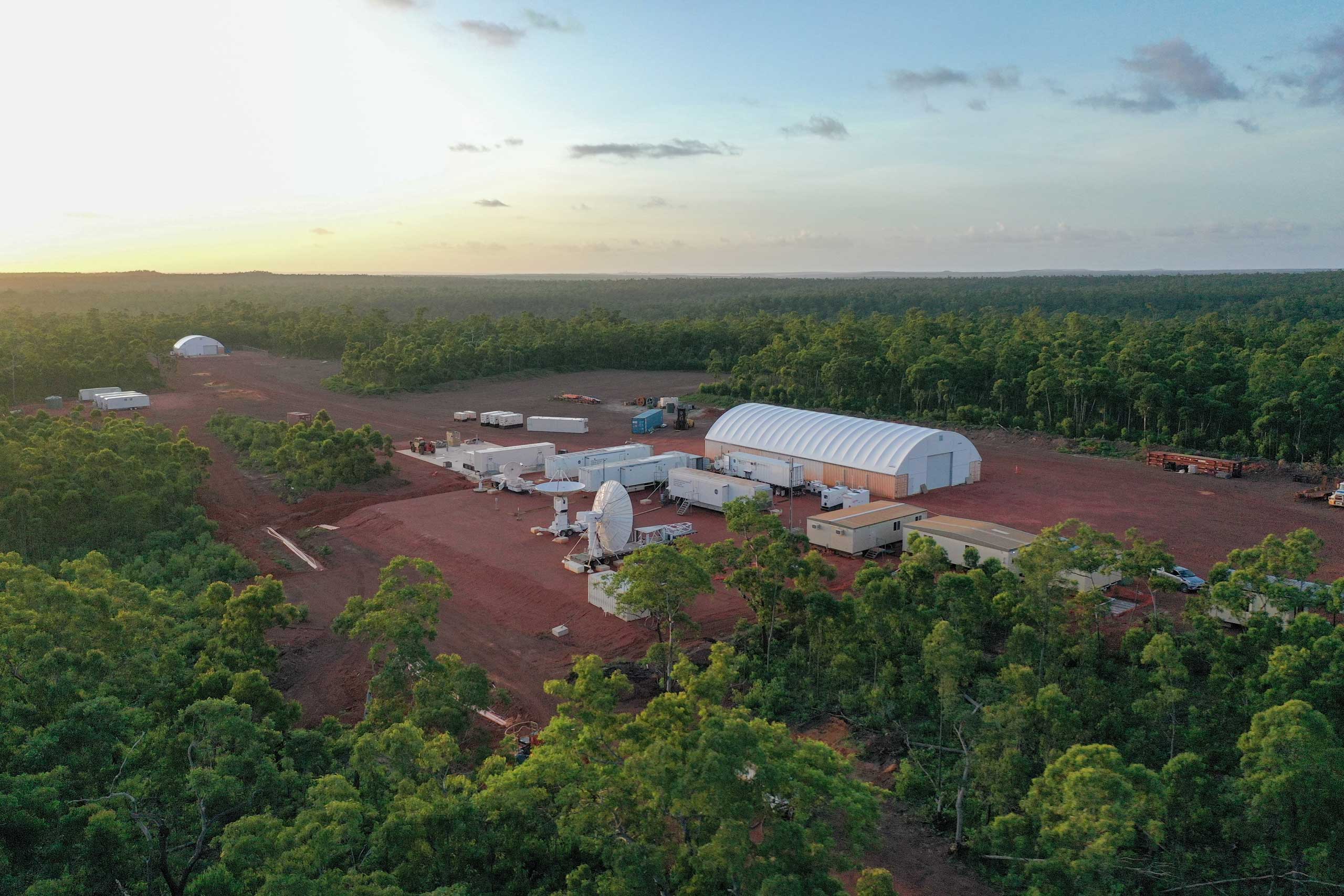As the developer, owner and operator of the Arnhem Space Centre (ASC) on the Gove Peninsula in Australia’s Northern Territory today we're excited to announce that our client, NASA, will be making Australia’s first commercial space launch on the evening of Sunday 26 June 2022.
The historic launch is also NASA’s first launch from a fully commercial spaceport and will be one of three rocket launches, with the others planned for 4 and 12 July, to conduct astrophysics studies that can only be done from the Southern Hemisphere.
The Arnhem Space Centre is the only commercially owned and run multi-user equatorial launch site in the world and is located 12 degrees south of the equator on the Gulf of Carpentaria offering unique benefits for space launches. ASC is also unique as most spaceports are federal/government owned/operated facilities.
Michael Jones, Executive Chairman and Group CEO of ELA said that whilst these historic NASA launches were a huge milestone for ELA, the company was already looking to the future beyond milestone campaign.
“Having NASA as our first customer is not only a great endorsement of our spaceport, but it places us at the forefront of global commercial space and proves that through ELA and the ASC, Australia now has a Sovereign launch capability and access to space,” Mr Jones said.
“It is a tremendous honour and reward for the hard work our company has carried out in developing the ASC to have NASA launch these three missions with us”.
“This campaign is just the start for us as we are in advance commercial discussions with nine other major rocket companies, and we hope to carry out at least two additional launches in 2022 before ramping up our launch cadence to over 50 launches per year by 2024/25,” Mr Jones said.
ELA and the Arnhem Space Centre were recently awarded their Launch Facilities Licence and the Launch Permit for the NASA campaign following a two-year evaluation by the Australian Space Agency.
“The three NASA launches marks the end of the first stage of the development of both the ASC spaceport and ELA as a world class launch services company. We will now commence the development of Phase 2 of the ASC which includes the construction of additional larger launch pads to accommodate medium sized/larger payload rockets,” Mr Jones said.
“The geographic location, proximity to the equator and the extensive logistics services offered on the Gove/Nhulunbuy area makes the ASC very attractive to global rocket companies and allows us to provide a commercially attractive alternative to the French government’s Kourou equatorial launch site in French Guiana,” Mr Jones continued.
“The ASC offers Australian space businesses and international rocket and satellite companies a unique opportunity to launch from a site which provides cost effective access to virtually any orbit they desire,” Mr Jones said.
“I really want to acknowledge the support of not only NASA, but our staff and investors, including the Northern Territory Government for their support and dedication. It is a remarkable achievement what we have done and all the more so, given we have had no Federal Government support to date. We haven’t made bold predictions in the past, we just quietly went about our work and now we are set to achieve a couple of incredible firsts in the space history of Australia,” Mr Jones said.
Launch Mission – Background Information
The launch will take place in the late evening of 26 June 2022 and the BBIX rocket will travel to over 300KMs in space. The Rocket will carry an atmospheric observation/sensing platform to observe the Alpha Centauri A & B constellations. The rockets’ first stage and payload will return to earth and be recovered. The rockets will be visible to the local community and surrounding areas from only seconds after liftoff - about 150 metres into the sky until just prior to it exiting the earth’s atmosphere.
For safety reasons, no close proximity public viewing of the rocket launching from the ASC will be possible.
Images, interviews and B-roll vision available for download from: https://elaspace.box.com/s/mc3za2yacf65n31c75ypc3z4wls7jimu





